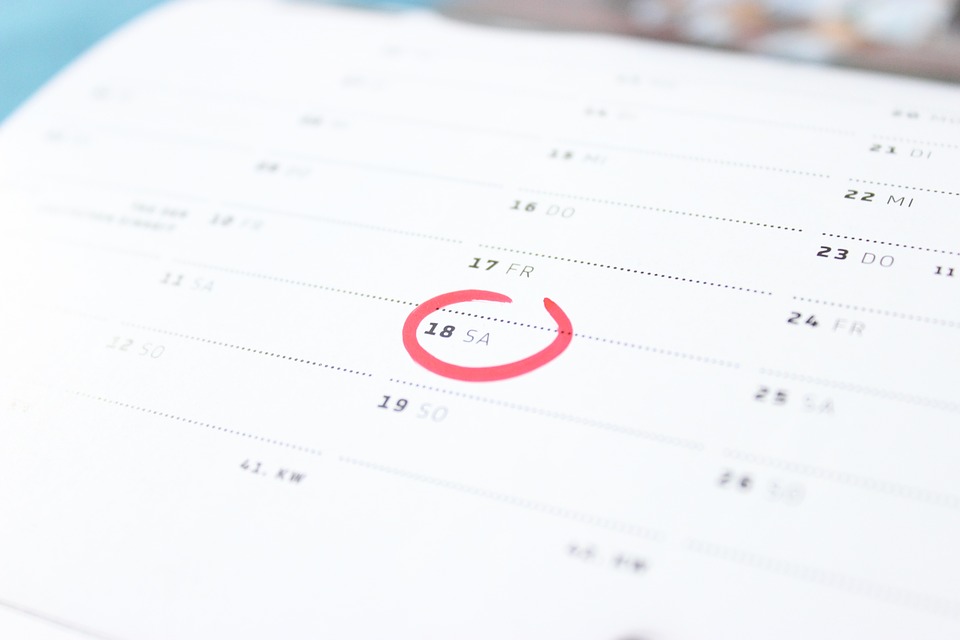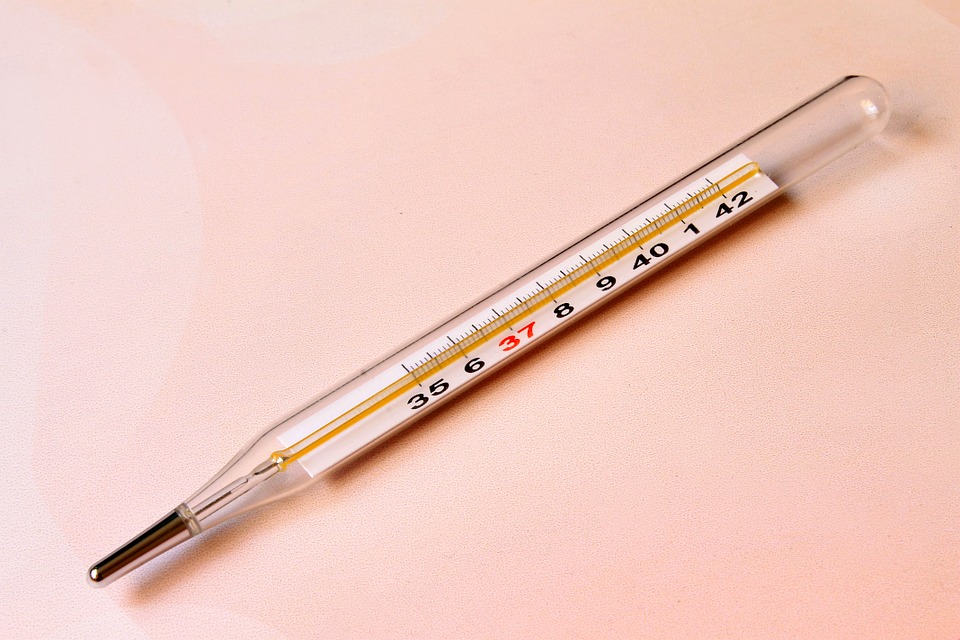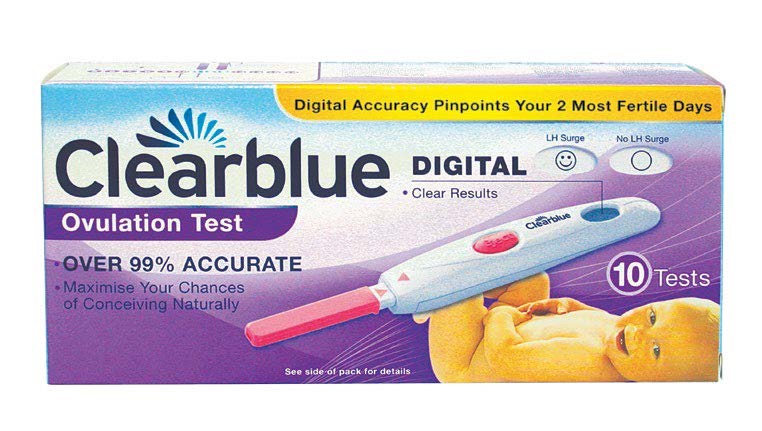When you’re ready to conceive a child, you’ll soon learn that it’s not just a matter of sticking Tab A into Slot B. You’ll want to put some planning into your pregnancy. Apart from taking care of your physical and mental health, it’s important to track your ovulation cycle to figure out the best time to conceive.
Your body is more likely to get pregnant during the ‘fertile window’ of the menstrual cycle. The problem is, this window is different for different women, so it’s important to figure out the timing of your own cycle for best results.
To help you out, below is a list of 5 smart ways to track your ovulation cycle.
Table of Contents
Calendar Method
The calendar method involves keeping track of your menstrual periods every month. To use this method, simply mark down your period duration on a calendar, making sure to record the number of days in each cycle including the day your period starts.
Keep tracking your cycle this way for around eight to twelve months. The more cycles you have to reference, the more accurate the calendar method will be. You can then use an online ovulation calculator such as the WebMD Ovulation Calculator to predict when you are more likely to be fertile. Remember, the more information you have, the more effective the prediction will be.
To determine when you’re at your most fertile, you can also do some calculations on your own. Subtract 18 days from your shortest menstrual cycle and 11 days from your longest cycle, and you should be able to find the timeframe in which you are more likely to be pregnant.
Unfortunately, the calendar method isn’t always reliable. A woman’s period cycle can vary between 23 to 35 days depending on the month, their stress levels, daily routine, and a variety of other factors. In order to get the best average number, it’s important to keep track of your menstrual cycle over a long period of time.
Basal Body Temperature Readings
Your body temperature rises slightly right after you ovulate, then remains elevated until the cycle ends. This means that you are most fertile during the days in your cycle just before the temperature rises.
To check your basal temperature, you need to get a special thermometer as the incremental temperature change from day to day is so small that regular thermometers aren’t sensitive enough to provide an accurate result.
Basal thermometers are digital thermometers that are available in most drugstores. While most of them are designed to be taken in the vagina or rectum, there are also basal temperature thermometers designed to take readings in the mouth. You need to stick with the same method during the entire process and try to measure at the same depth and angle each time for the most accurate results. Take your temperature first thing in the morning every day and record the results for a few months in order to learn your body’s rhythm.
Remember that your body temperature rises immediately after ovulation, so the best chances for conception is to have intercourse just before that happens. In other words, the sperm needs to be inside your body before the egg is released so that the egg can be fertilized within a day of ovulation.
Cervical Mucus Method
The cervical mucus method requires you to be more tuned into how your body naturally acts. To use this method, you need to check your cervical mucus a few times a day and keep track of it to determine the timing of your cycle.
Your cervical mucus will change in consistency and colour depending on what part of the cycle you’re in. When you are fertile, the cervical mucus will change from thick and opaque to clear and slippery, with a texture similar to egg white.
Note that women will produce different amounts of mucus – some women produce enough mucus that they can see the changes right in their underwear, but many others might need to insert a finger deep into their vaginas to remove some mucus for examination.
Symptothermal Method
The symptothermal method simply means using multiple ovulation tracking methods at once. For example, combining the calendar, basal temperature, and cervical mucus tests together to track your fertility cycle.
This approach is useful because it gathers the information through a variety of methods and also helps women to become more aware of their bodies overall.
Ovulation Test
Clearblue Digital Ovulation Test provides you with a clear and simple way to test whether or not you are fertile at the moment.
The Clearblue Digital Ovulation Test is an easy-to-use home ovulation test, which is over 99% accurate in detecting the LH surge and which provides easier and more accurate reading in consumers’ hands than traditional line tests.



















